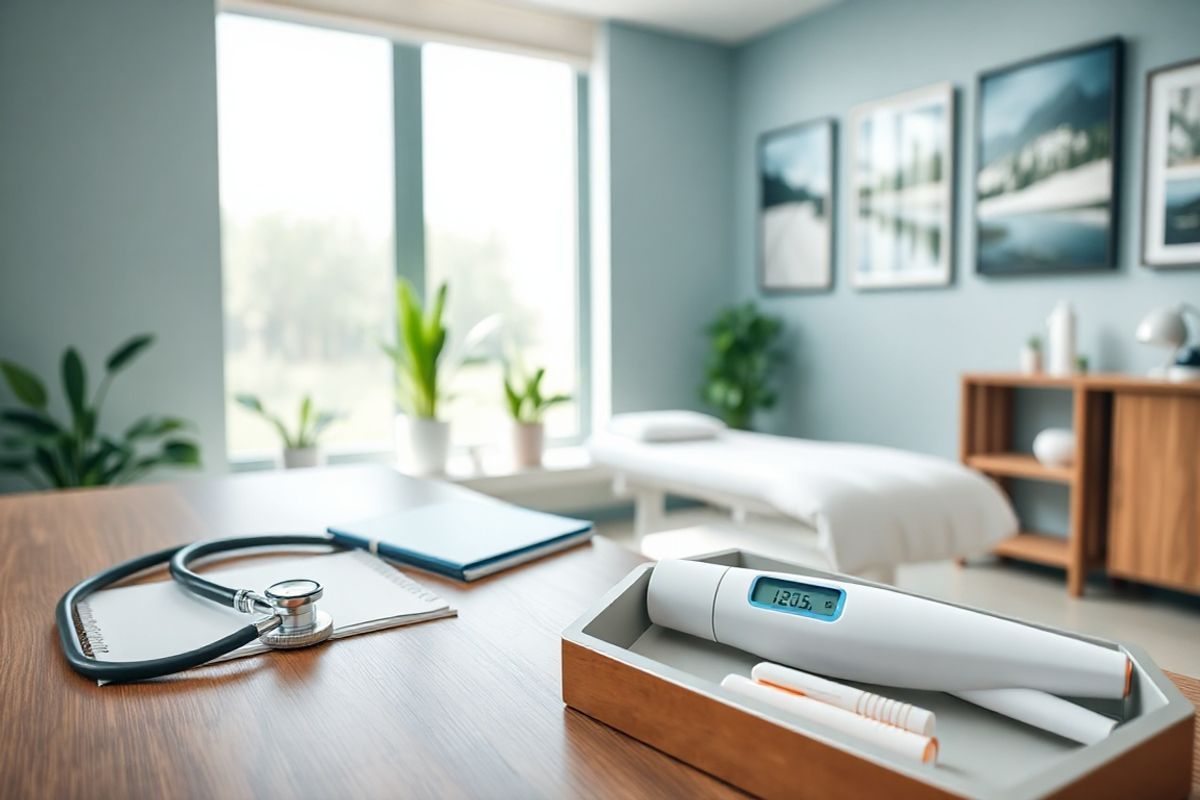Table of Contents
Exploring the Connection: Allergic Reactions and Briviact Usage

Allergic reactions to medications, including Briviact, can pose serious health risks. An allergic reaction occurs when the immune system mistakenly identifies a substance as harmful and overreacts. This response can lead to a range of symptoms, from mild to severe. In the context of Briviact, it is crucial for patients and caregivers to recognize these reactions early to ensure prompt medical intervention.
Mechanism of Allergic Reactions
The immune system plays a pivotal role in allergic reactions. When a person with a predisposition to allergies takes Briviact, their immune system may produce antibodies against the drug, leading to the release of histamines and other chemicals that cause various symptoms. Common allergens include medications, certain foods, insect stings, and environmental factors like pollen and dust mites (American Academy of allergy, Asthma & Immunology, 2024).
Identifying Common Side Effects of Briviact: A Comprehensive Guide
Briviact is associated with several side effects, some of which are common among antiepileptic drugs. Understanding these side effects can help patients and healthcare providers manage them effectively.
Common Side Effects
- Somnolence: Drowsiness or fatigue is frequently reported by patients taking Briviact. This can impact daily activities and overall quality of life.
- Dizziness: Many users experience dizziness, which can increase the risk of falls, especially in elderly patients.
- Nausea and Vomiting: Gastrointestinal disturbances, including nausea and vomiting, are common and may require symptomatic treatment.
- Irritability: Changes in mood, including increased irritability, have been noted in some patients.
- Cognitive Impairment: Some patients report difficulties with memory and attention, which can affect their ability to perform tasks requiring concentration.
Rare but Serious Side Effects
In addition to common side effects, Briviact may cause more serious effects, including:
- Severe Allergic Reactions: Anaphylaxis, a life-threatening reaction, can occur. Symptoms may include swelling of the face, lips, or throat; difficulty breathing; and a rapid drop in blood pressure.
- Suicidal Thoughts or Behavior: Some patients may experience increased thoughts of self-harm or suicidal ideation, necessitating close monitoring.
Best Practices for Managing Allergic Reactions to Briviact

Effective management of allergic reactions to Briviact involves several strategies aimed at both prevention and response.
Pre-treatment Assessment
Before starting Briviact, healthcare providers should conduct a thorough medical history review to identify any previous allergic reactions to medications. Patients should also be assessed for any family history of drug allergies.
Monitoring During Treatment
Once treatment begins, regular follow-ups are essential. Patients should be educated on the signs of allergic reactions, including:
- Hives or rash
- Swelling of the face or extremities
- Difficulty breathing
- Rapid heartbeat
Emergency Preparedness
Patients prescribed Briviact should have an emergency plan in place. This includes:
- Access to emergency services (911 in the U.S.)
- Availability of an epinephrine auto-injector for those with a history of severe allergic reactions
- A written action plan detailing steps to take in case of an allergic reaction
When to Seek Medical Attention: Recognizing Severe Allergic Reactions
Recognizing when to seek medical attention is crucial in effectively managing potential allergic reactions to Briviact. Patients should be instructed to seek immediate medical help in the following situations:
- Signs of Anaphylaxis: This includes difficulty breathing, swelling of the throat, a rapid or weak pulse, and confusion or loss of consciousness (Healthline, 2024).
- Severe Skin Reactions: Extensive hives or skin peeling can indicate a serious reaction requiring medical evaluation.
- Persistent Symptoms: If side effects such as dizziness or somnolence do not improve or worsen, patients should consult their healthcare provider.
Empowering Patients: Tips for Discussing Briviact Side Effects with Your Healthcare Provider
Open communication between patients and healthcare providers is vital for managing side effects and allergic reactions to Briviact. Here are some tips for patients:
-
Keep a Symptom Diary: Document any side effects experienced after starting Briviact, noting their frequency and intensity. This information can help healthcare providers adjust treatment as necessary.
-
Be Honest About Concerns: Patients should feel empowered to discuss any fears or concerns regarding side effects, including mental health issues like depression or anxiety.
-
Ask Questions: Patients should not hesitate to ask their providers about the likelihood of experiencing side effects and what to do if they occur.
-
Involve Family Members: Having a trusted family member or caregiver involved in discussions can enhance understanding and support.
FAQ Section
What are the most common side effects of Briviact?
A1: Common side effects include somnolence, dizziness, nausea, irritability, and cognitive impairment.
How can I tell if I’m having an allergic reaction to Briviact?
A2: Symptoms of an allergic reaction can include hives, swelling of the face or throat, difficulty breathing, and rapid heartbeat. Seek immediate medical attention if these occur.
Is it safe to stop taking Briviact abruptly?
A3: No, patients should not stop Briviact suddenly without consulting their healthcare provider, as this may increase the risk of seizures.
What should I do if I experience severe side effects?
A4: Contact your healthcare provider immediately or seek emergency medical attention.
Are there alternatives to Briviact?
A5: Yes, there are several other antiepileptic medications available. Discuss options with your healthcare provider for personalized treatment.
References
-
American Academy of Allergy, Asthma & Immunology. (2024). Allergic Reaction. Retrieved from https://www.aaaai.org/tools-for-the-public/conditions-library/allergies/allergic-reactions
-
Healthline. (2024). Allergic Reaction: Symptoms, Treatment, Prevention & More. Retrieved from https://www.healthline.com/health/allergies/allergic-reaction
-
Mayo Clinic. (2024). Allergies - Symptoms and causes. Retrieved from https://www.mayoclinic.org/diseases-conditions/allergies/symptoms-causes/syc-20351497
-
All Allergy Foundation of America. (2024). Allergy Symptoms. Retrieved from https://aafa.org/allergies/allergy-symptoms/
-
Barksdale, A. N., & Ross, W. (2024). Allergy, anaphylaxis, and angioedema. In W. R. Walls (Ed.), Rosen’s Emergency Medicine: Concepts and Clinical Practice (10th ed.). Philadelphia, PA: Elsevier.











